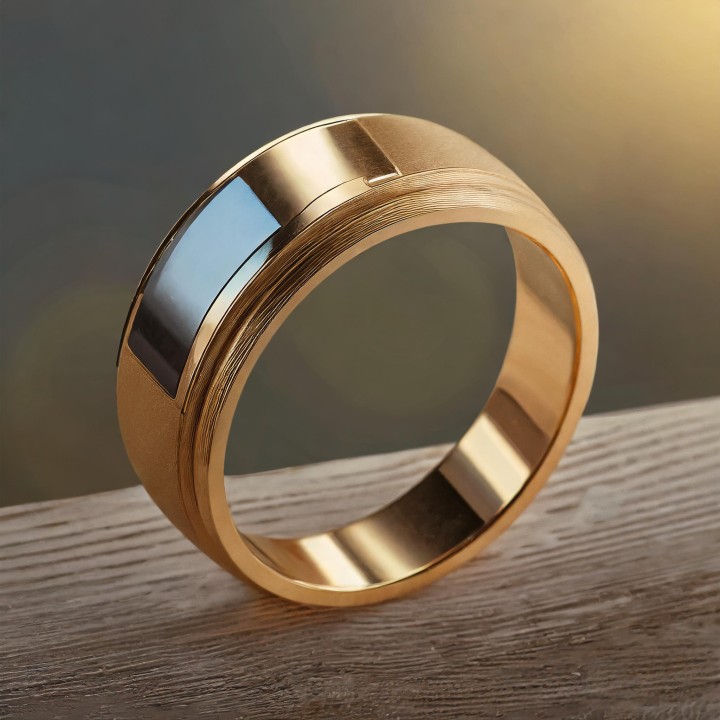In the ever-evolving landscape of wearable technology, disputes over intellectual property and proprietary information are becoming increasingly common. The recent legal battle between Finnish health wearable startup Oura and Indian company Ultrahuman sheds light on the complexities and challenges faced by companies operating in this competitive market.
Oura, known for its innovative Oura Ring health tracking device, has accused Ultrahuman of patent infringement and misappropriation of confidential information. The allegations suggest that Ultrahuman not only replicated Oura’s technology but also gained access to sensitive data through former employees and investors, leading to the development of a competing smart ring product.
At the heart of the dispute lie questions of innovation, ethics, and legal boundaries in the wearable technology sector. Oura contends that Ultrahuman’s actions go beyond mere coincidence, alleging deliberate imitation and unauthorized acquisition of intellectual property.
Navigating Legal Minefields
Central to Oura’s claims are assertions of patent infringement, particularly concerning key features such as the device’s design, sensor technology, and materials used. The lawsuit underscores the significance of protecting intellectual property rights in an industry fueled by innovation and rapid technological advancements.
Moreover, the case highlights the potential risks associated with hiring personnel from rival companies and the importance of implementing robust measures to safeguard proprietary information. The involvement of investors adds another layer of complexity, raising concerns about the protection of confidential data and ethical business practices.
As the legal battle unfolds, both Oura and Ultrahuman stand to face significant repercussions, not only in terms of financial damages but also reputation and market position. With sizable venture capital funding at stake, the outcome of the case could have far-reaching implications for the wearable technology market and its stakeholders.
Safeguarding Intellectual Property
Beyond the immediate legal ramifications, the dispute underscores broader issues surrounding data privacy and security in the health tracking industry. As companies collect increasingly sensitive health data from users, ensuring the integrity and confidentiality of this information becomes paramount.
The case also highlights the growing importance of regulatory frameworks and industry standards to address ethical concerns and mitigate risks associated with data breaches and intellectual property disputes. Collaborative efforts between industry players, policymakers, and regulatory bodies are essential to foster a climate of trust and accountability in the wearable technology ecosystem.
A Secure Future
Light sensing Reinvented.
In conclusion, the legal battle between Oura and Ultrahuman serves as a cautionary case for companies operating in the wearable technology sector. It underscores the need for diligence, transparency, and ethical conduct in all aspects of business operations, from product development to investor relations.
Moreover, it prompts us to consider solutions that mitigate such risks. ActLight’s Dynamic PhotoDetector technology presents a differentiated light sensing technology, which offers safe hardware solutions with reduced risks of patent disputes. The Dynamic PhotoDetector boasts low cost, high sensitivity, and miniaturization, making it an attractive option for companies seeking to navigate the complexities of intellectual property rights in the #wearable technology landscape.

“What we are doing, we are using devices slightly differently, in a dynamic way. Instead of keeping the voltage constant, we switch it from reverse to forward and detect the time when the forward current starts. Simply put, when everybody else would measure photocurrent, we are measuring time.”
The amplitude of the output signal is very high and can easily be measured without analog amplification, resulting in a significantly improved signal-to-noise performance compared to conventional photodiodes.
As the wearable technology market continues to evolve, embracing innovative technologies can help mitigate risks and foster a culture of integrity and innovation, ultimately driving sustainable growth and advancement in the industry.
Contact Roberto Magnifico if we can be of help to you.






